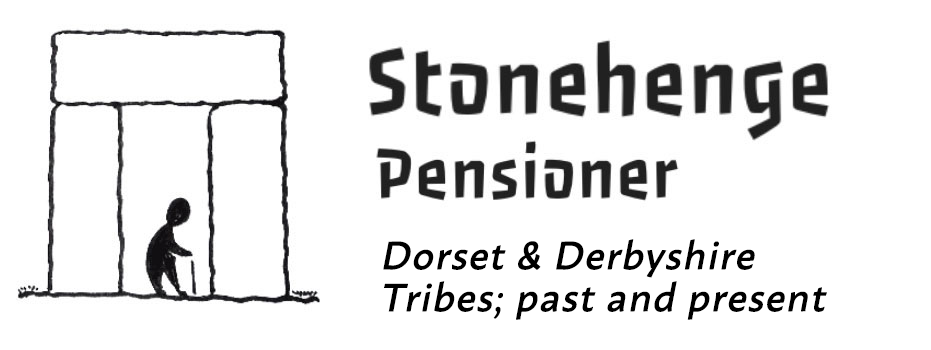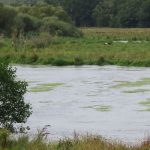How Can Trees Reduce Global Warming?
The pagan economy in Britain was built on trees. The small stuff we call wood. Timber, the big stuff, was difficult to cut with a Neolithic flint axe and had less value. The wood was used for hut frames, for the walls daubed with mud, for fences and for fires. It was grown in a coppice from hazel and other trees, routinely chopped off from an early age. Each tree then formed a stool, a woody stump from which the shoots arise. These can grow as much as a metre each year and would be cut after seven or more years. After being cut, the plants and herbs are no longer shaded. They bloom copiously in year one and less each year until the next cutting of the wood. How can trees reduce global warming? The answer is through a massive increase in coppicing.
Locating the skills
Whenever people talk about British woodlands, the name Rackham comes to the fore. This is Oliver Rackham, who died in 2015. I have just finished a second book written by this great man. He despaired at how British woodlands were disappearing. What he wanted was a return to coppiced woods. This is because they create a virtuous circle by being harvested on rotation. Such a coppice can be used indefinitely. After growing, and locking up carbon for 7 to 20 years, they are stripped out, chipped and burnt. The carbon is released but is then replaced by the regrowing stools making it carbon neutral.
The benefits
There are huge benefits from coppicing. It would sustain modern rural economies. Because the work is outdoors, it is also ideal for improving human mental health. It protects the woodlands long term, and benefits ecology whether wildflowers, insects, birds or mammals. For certain, local people would soon understand why huge swathes of coppice, of small trees, would be cleared periodically.
How can trees reduce global warming?
Rackham did not have the benefit of recent research; that wood burners create harmful particles. Because of this, the biomass burner would have to be abated, that is, filtered. This suggests using a large burner unit rather than small. Even so, a co-operative could easily be formed to cut and collect the wood over a wide area to feed a regional centre. It would create electricity, hot water or steam. Also, I would love to see coppiced woodland used in our burial grounds. Our bodies fueling hazel trees and its wood fueling human life in villages and towns. Now, that is natural burial and another story.




